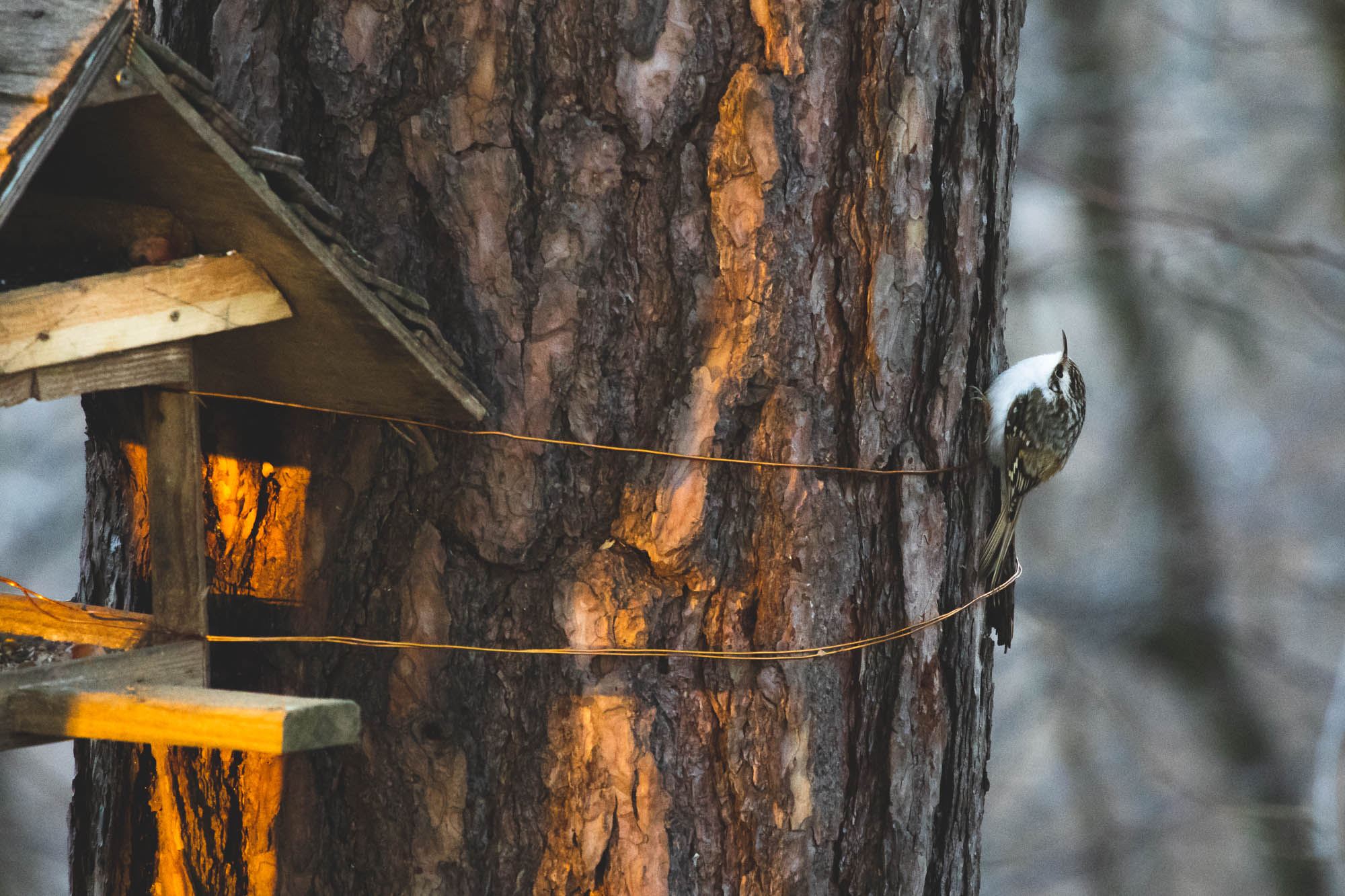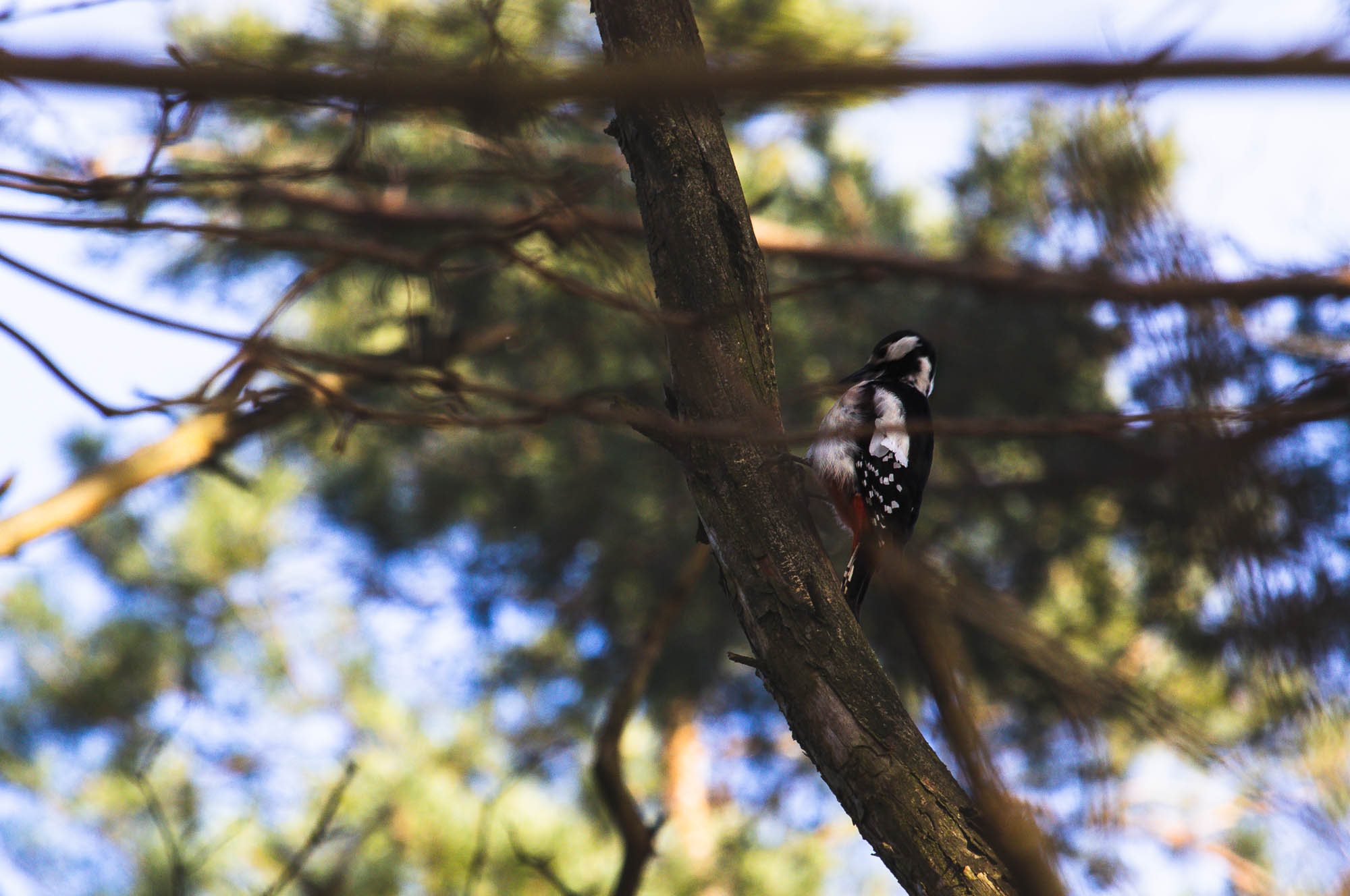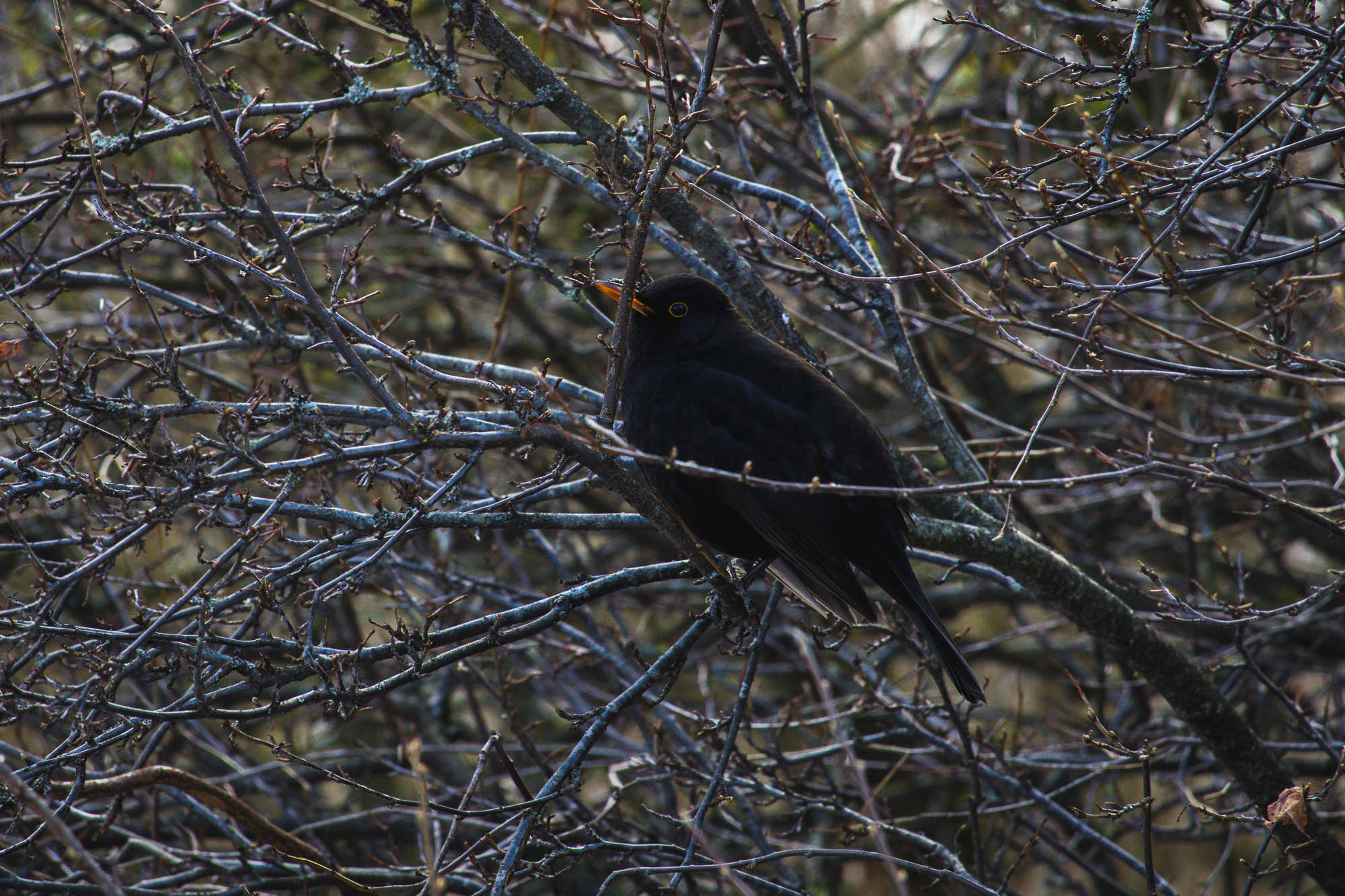Top attractions:
Knowing your Calendar
You can tell a lot about any given culture from their names marking the calendar. For example, in Lithuania, these names come from the days when everything was in sync with nature. I bet it was the case everywhere before some egocentric Roman personalities came into power (to be precise the famous Julius Ceasar and his protegee, Augustus). Luckily, Lithuania was situated too far from Rome to be affected. In the Lithuanian language, the name of the third month of the year – March is ‘Kovas’. It was named after a certain bird, which for our English readers should be known as Rook. These crows are migrating birds and at approx. in March they usually return to Lithuania and other countries with a similar climate. One might wonder why such a rather dull bird should get a month named after it, but the truth is that nothing much is actually happening at that time of the year in Lithuania, or, at least, historically…

From a closer look, Rooks are not as ugly as they seem. Photo by Alis Monte [CC BY-SA 4.0], via Connecting the Dots
It wouldn’t surprise me, that after harsher years, some people hunted these big crows out of starvation and desperation. For example, it was a normal practice to eat crows on the Curonian Peninsula, situated to the immediate west of mainland Lithuania. Maybe, the arrival of Rooks was a salvation to some or just a sight of the beginning of the returning birds and more importantly spring.
A modern person would confidently say that Rook or not, spring is here nevertheless. That would be not entirely correct. One might forget that back in the past before the spread of Roman culture through Christianity, March was rather a a winter month instead of spring. It was so because the old cultures based their seasons on equinoxes and solstices. Thus, the Spring begins on Vernal Equinox on 21st March. Given that, ‘Kovas’, or Rook sounds like a great name for a winter month.
Masters of Disguise
While March marks the time of the beginning of the return of migrating birds, some of this kingdom never leave Lithuania. Most of us hardly notice anything but Hooded Crows, Rock Pigeons, Sparrows, Mallards, and Gulls but there is much more if you know where to look. Some birds manage to get by unspotted just under our noses mostly due to our ignorance, but sometimes there is an excuse for being unable to notice the wintering bird species, better known as permanent residents. For example, Eurasian Treecreeper is a true master of disguise.

Eurasian Treecreeper who found me, not vice versa. Photo by Alis Monte [CC BY-SA 4.0], via Connecting the Dots
These little tree-dwellers have low lone buzzing whispers “srrii..”, making them very hard to hear given any noise pollution, but it is even harder to spot them visually. I’ve spent hours trying to find some after hearing them speak. I have to admit, rarely, do I succeed.. Luckily, winter is a much better time to spot these masters of disguise as most tree loses their cover. Even then, you need to have a great vision or to spot them from the side, when their white belly gives out their whereabouts. Treecreepers always make it a fascinating encounter.
Great Spotted Woodpecker
Probably the most iconic wintering bird in Lithuania is Great Spotted Woodpecker. During the cold part of the year, this majestic bird seems to be somewhat trying to camouflage itself between black branches of trees and snow except for its red plumage on its tail, and in the case of males – on top of their heads as well. This obviously helps to spot these birds even when they are silent but due to a rather scarce food during winters, Great Spotted Woodpeckers move closer to human settlements, thus opening eyes is almost enough to spot them routinely. In winter, they are also quite an often visitor to bird feeders.

You can’t mistake Great Spotted Woodpecker with a bird from another family. Photo by Alis Monte [CC BY-SA 4.0], via Connecting the Dots
Nevertheless, the easiest way to spot Great Spotted Woodpecker is by sound. If you listen, the iconic drumming can be heard from quite far. Afterward, there is more than a 50% chance that the bird will be on one of the dead trees. Despite popular belief, scientists have proved that woodpeckers drum to communicate and not in search of food. Drumming differs not only to species but individuals or even their moods. An experienced birder could tell a difference. Apparently, the brains of drumming woodpeckers work very similarly to songbirds while they sing. This suggests that birds use different sounds for the same purposes like marking their territory or finding a mate. That makes Great Spotted Woodpeckers even more interesting bird species.
Song Birds

The Great Tit is one of the most comfortable small birds during winter in Lithuania. Photo by Alis Monte [CC BY-SA 4.0], via Connecting the Dots
Tits
One of the most colorful and plentiful permanent residents in Lithuania is Great Tit. These fascinating birds are so abundant that locals often don’t really notice how beautiful they actually are. To make matters worse, a rare person understands that it’s the song of Great Tit that many Lithuanians associate with the return of birds and spring. Ironically, Great Tit was always here, just not mating, therefore singing different songs. You would be surprised to hear the full repertoire of Great Tits songs. Despite their abundance in Lithuania, these small birds are not invincible. On the outer edges of their distribution, Great Tits are vulnerable due to the processes causing loss of biodiversity. Luckily, for Lithuanians, these beautiful little birds are not leaving the locals any time soon.
While Great Tits might bore most of the birding observers, there is a good reason to follow them nevertheless. While they always take the lead, there is a chance of spotting much rarer tit species in their ranks like Blue Tit, Coal Tit, March Tit, or Willow Tit. You might be even lucky to spot Long-tailed Tits but usually, these majestic little creatures form their own gangs in search of food. The easiest way to differentiate other tits from Great Tits is their size. As the name suggests Great Tits are the biggest species of this family. Blue Tits or Coal Tits might look very similar at the first sight, but they are easy to touch by smaller than their bigger counterparts.

Blackbirds are probably shocked to see no snow during winters in Lithuania anymore. Photo by Alis Monte [CC BY-SA 4.0], via Connecting the Dots
Blackbird
Another iconic bird capable of enduring cold Lithuanian winters is Common Blackbird. While these active birds are relatively dormant during winter, it is not long until males start fighting in-between for territory and females. Once a couple of blackbirds start fighting they would almost ignore people and even cars, making them vulnerable during the mating season. Despite their unique appearance and character, Common Blackbird is actually a thrush in disguise. Their melodic song is associated with many things, along them – the coming of spring, but then again Common Blackbirds stay with humans during the winter.
Enjoying Every Season
With this humble list, I only scratched the tip of an iceberg. Understandably, there are much more of our flying friends wintering throughout the coldest season of the year in Lithuania together with us, but they’ll have to remain out there hidden to be found for now. Birding is like playing Pokemon, you never know what and where you might find, making it a truly exciting activity even during cold winters. You might think that looking at the same species that one can observe during the warmer parts of the year is not good enough, but think again. It is not the full picture.
While most of the bird species brace their annual migration southwards from the area of the country, other birds come from the Northern parts of Eurasia to Lithuania for milder winters, making birding a never-boring activity in this part of Europe. I guarantee many rewarding moments will be there, one just has to face winter bites with some grace.